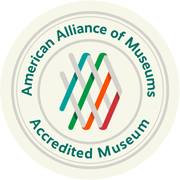The Breakfast Room
What do you think this room was used for?
The name probably gives you a hint. The Nourse family, who lived here from about 1804-1813, referred to this space as a “breakfast room.” They likely utilized it as a casual dining and gathering place, but other families who lived at Dumbarton House may have used it differently.
Washington, D.C., household inventories of the Federal Period document similar spaces outfitted with a mix of tables, seating furniture, and sideboards. In 1826, when Samuel Whitall and his family lived here, the rooms held “4 Doz[e]n chairs, [and] eight mahogany tables…” placed throughout the house. Having a mixture of furniture allowed items to be moved around to meet the family’s needs: for eating meals, relaxing, or enjoying personal pursuits. Informal rooms like this one often contained family portraits and heirlooms, prints or amateur artwork as well as ornamental ceramics and older furniture.
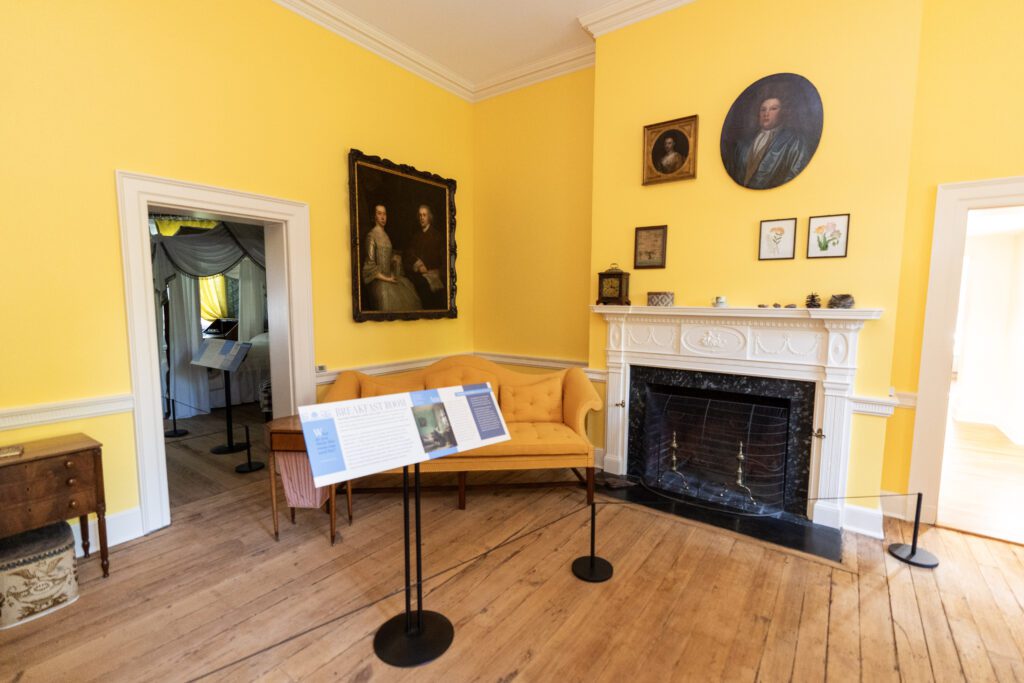
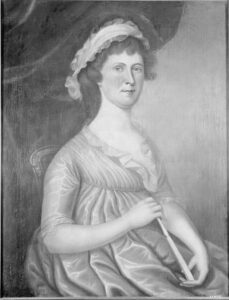
Ann Sprigg Carroll
Ann Sprigg Carroll regularly used this room. She lived at Dumbarton House in the 1810s and likely oversaw the household during this time. Ann and her daughters must have enjoyed the room’s south-facing windows, possibly using the abundant natural light to grow plants and to help light their needlework or other hobbies. According to her husband, however, Ann did not like city living — “she…would much rather be in the country attending to spinning &c.”

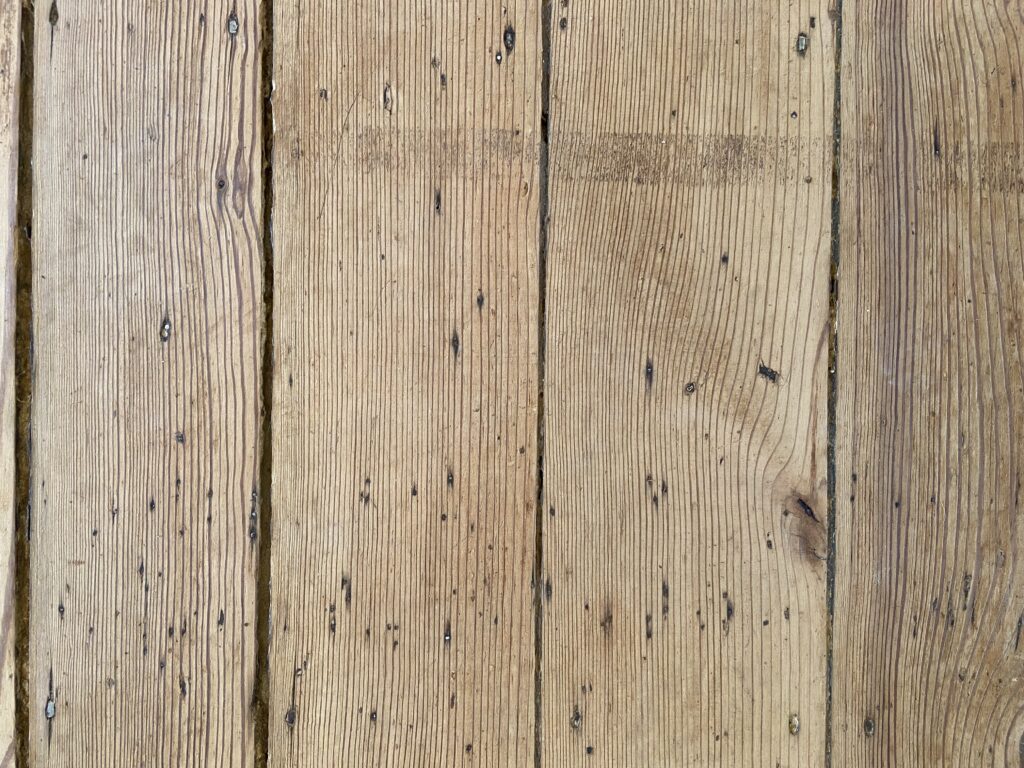
Reading the Room
As a breakfast room or family parlor, this room was a more informal space than those you see across the central passage (or hall).
The physical evidence left behind shows us that this room was wallpapered around 1800 and nail holes in the wooden floors indicate the room had a variety of carpets or other coverings throughout the years. The wooden shutters set into either side of the windows are original to the construction of the house and were utilized to control light and privacy.
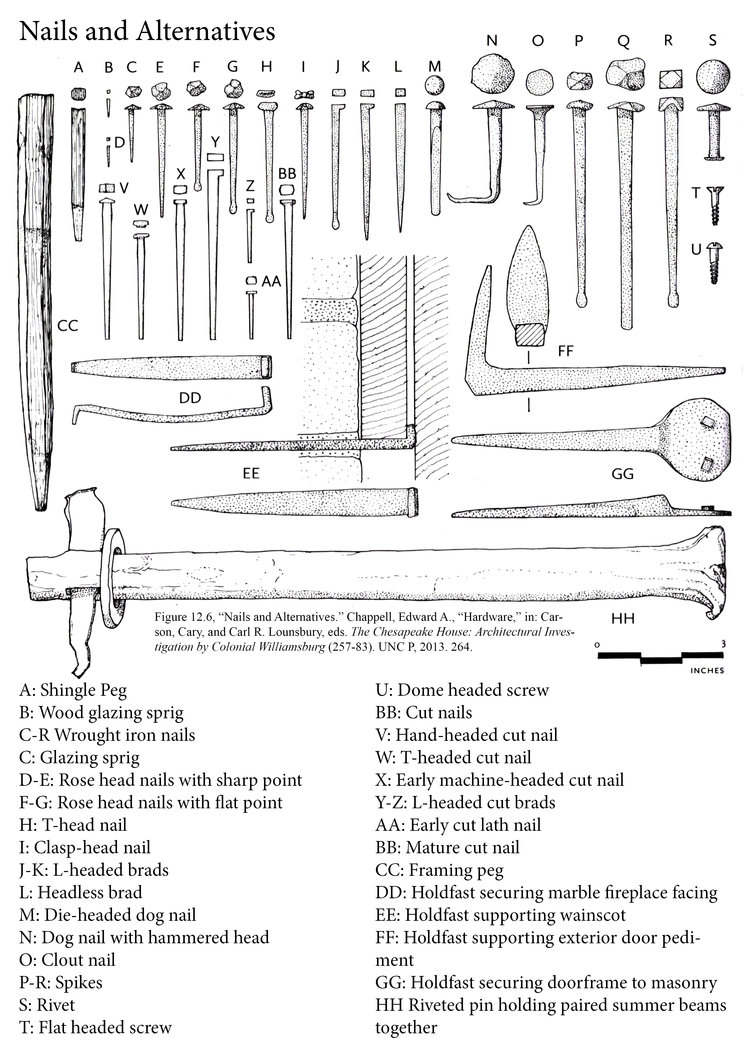

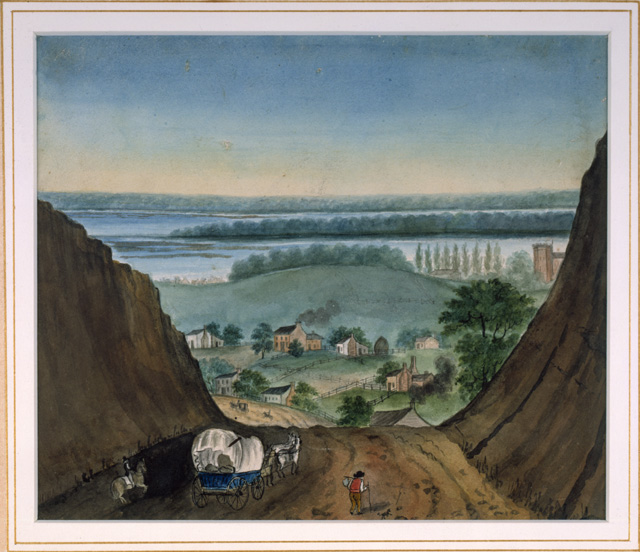
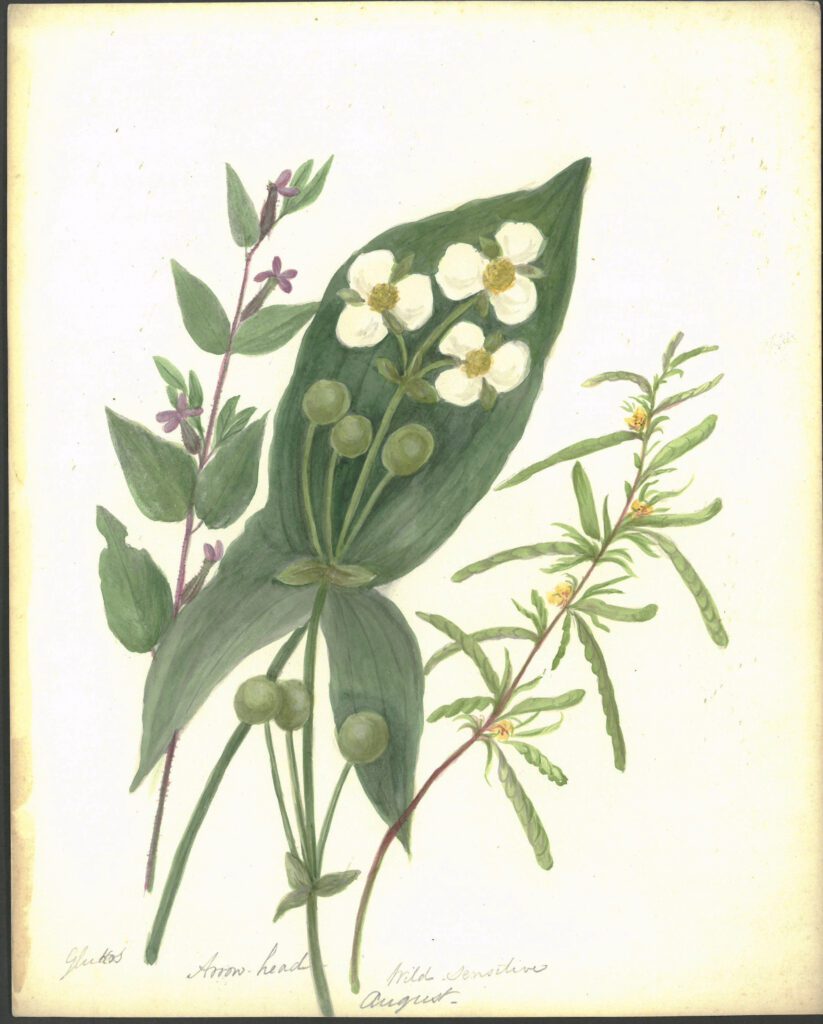

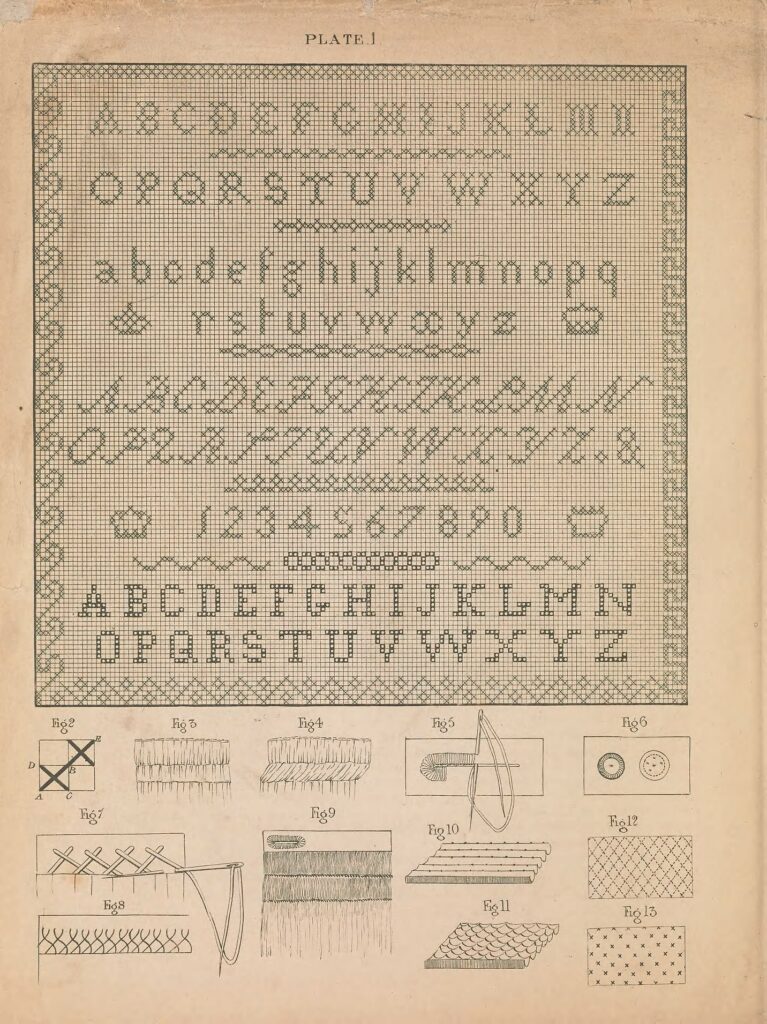
Summer weather impacted the household in different ways. The heat, humidity, and mosquitos prompted some residents of the nation’s capital to temporarily relocate households to cooler, often country, places as resources allowed. When Dumbarton House was occupied in the summer, enslaved and hired workers endured the swampy climate as they labored in fruit, vegetable, and pleasure gardens. Members of the resident family benefitted from this labor, and the blossoming gardens and verdant landscapes provided opportunities to draw inspiration for artistic pursuits.
Elite and aspiring young women in the early 1800s often received training in the fine arts, which included painting, drawing, and needlework as part of their formal (or informal) educations. These skills were honed at a residential or day school as well as in the private spaces of a family home. This room, with its tall south-facing windows and ample natural light, may have been used for painting – utilizing botanical and natural specimens from the surrounding grounds or drawing inspiration from prints and other sources.
This ca. 1800 paintbox on display in the Breakfast Room shows how past occupants may have used the natural light in this informal space to practice leisure activities, like watercolor painting. Also featured are watercolor paintings completed by women in the Nourse family, who occupied this house from about 1804 to 1813.
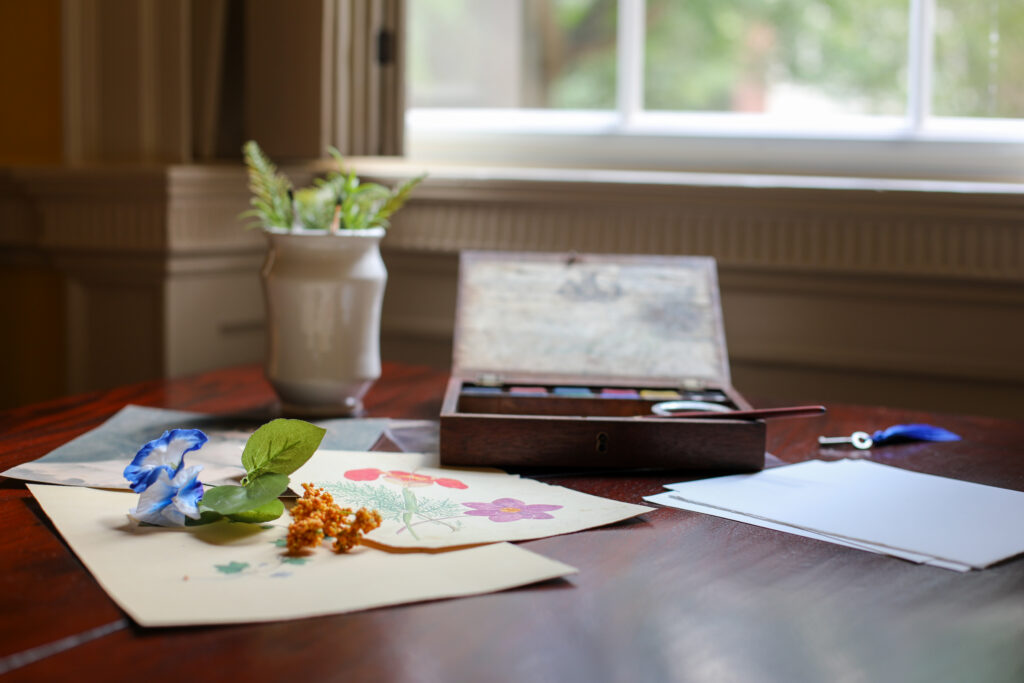
“Your drawing you tell me you are very attentive to, so that your proficiency in that accomplishment will be great...”



